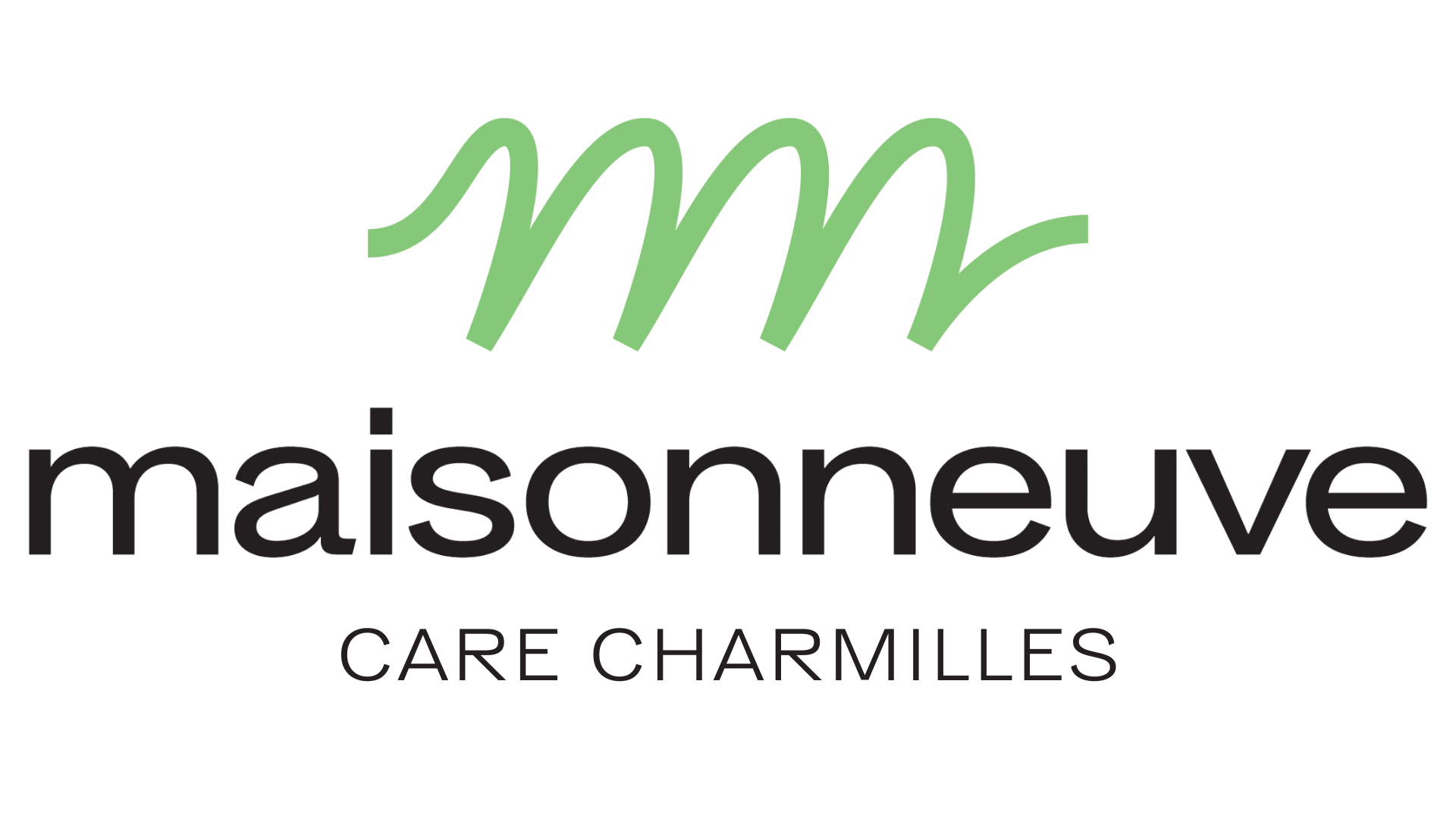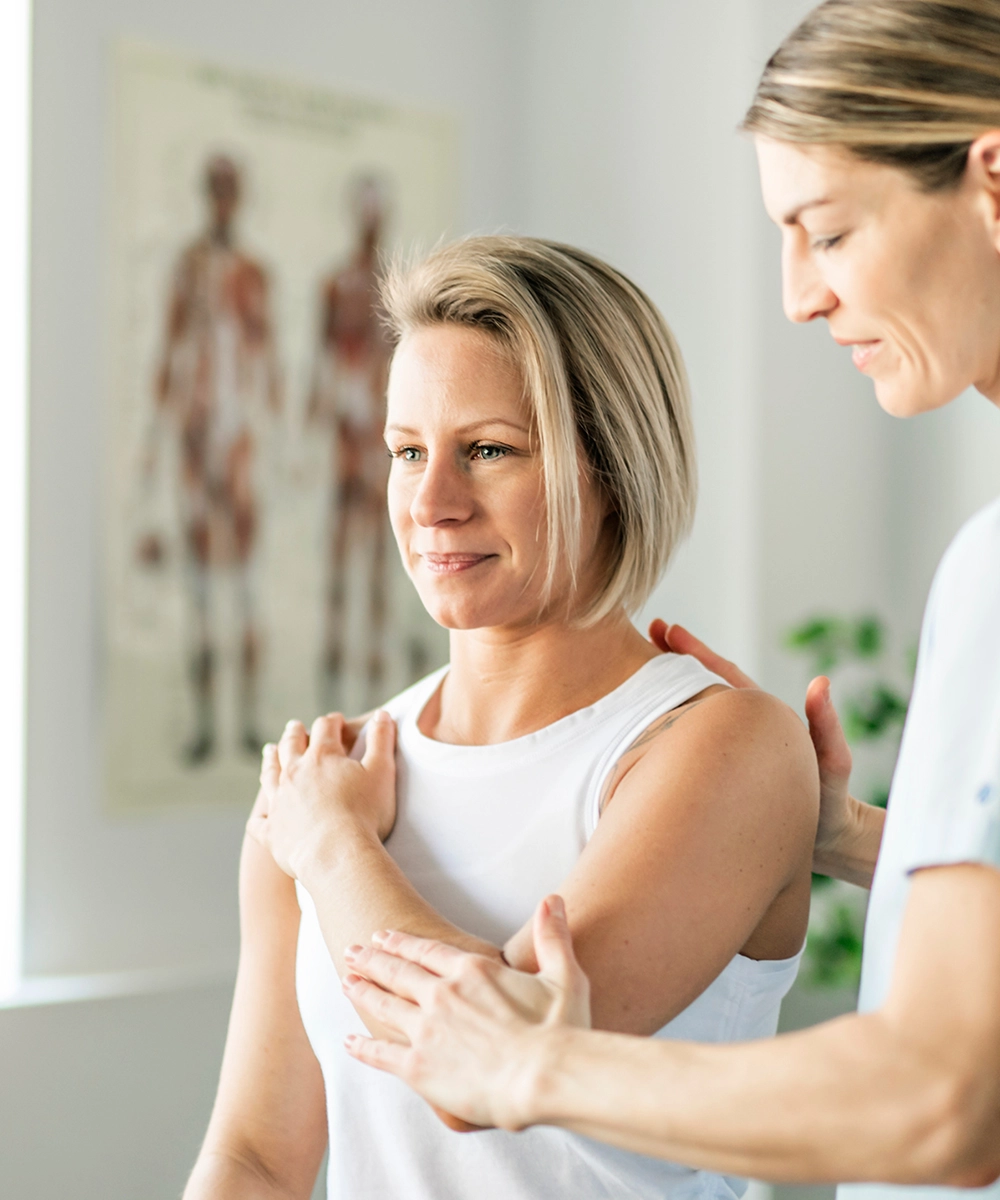Luxation: displacement of a joint

What are the main symptoms of dislocation?
Clinical signs and symptoms of dislocation may include:
- Intense pain: pain is often severe and immediate at the moment of injury.
- Visible deformity: the joint may appear visibly deformed or out of its normal position.
- Swelling : swelling may develop rapidly around the injured joint.
- Loss of movement: it is generally difficult or impossible to move the joint.
- Ecchymosis: bruising may appear around the joint due to internal bleeding.
- Abnormal sensations: numbness or tingling around the affected area may be present due to nerve compression.
- Instability: the sensation that the joint is unstable or about to dislocate again.
What is dislocation?
A dislocation is the dislocation of a joint, where the ends of its component bones are displaced from their normal position. This often results from an acute or traumatic injury that forces a joint beyond its normal range of motion. Dislocations can occur in any joint, but are most common in the shoulder, knee, hip, elbow, thumb and fingers.
How is dislocation treated at CARE Charmilles?
Treatment of dislocation involves several steps and may vary depending on the severity and location of the dislocation.
1 - Reduction Reduction: Reposition the joint. This procedure must be carried out by a medical professional to avoid further damage.It can be performed either closed (without surgery) or open (surgery).
- Closed reduction: external manipulation to realign the joint without incision.
- Open reduction: surgical intervention to realign bones when closed reduction fails or there is significant damage.
2 - Immobilization After reduction, the joint is often immobilized with a splint, cast or sling to allow healing.
- The duration of immobilization varies according to the joint and the severity of the injury, ranging from a few days to several weeks.
3 - Rehabilitation Physiotherapy to restore joint strength, flexibility and range of motion.
- Progressive exercises to prevent stiffness and strengthen the muscles around the joint.
4 - Medication To manage pain and inflammation, analgesics or non-steroidal anti-inflammatory drugs (NSAIDs) may be prescribed by a physician.
5 - Surgery In severe or recurrent cases, surgery may be required to repair damaged structures (ligaments, tendons, etc.) or to stabilize the joint.
Preventing dislocation
To prevent dislocations, it is recommended to :
- Avoid risky activities without adequate preparation.
- Wear adequate protection during high-risk sports.
- Maintain good physical condition to strengthen muscles and stabilize joints.
- Follow proper technique in physical activities and sports.
Dislocation requires immediate medical attention to avoid complications such as damage to the nerves, blood vessels or muscles around the injured joint.



























